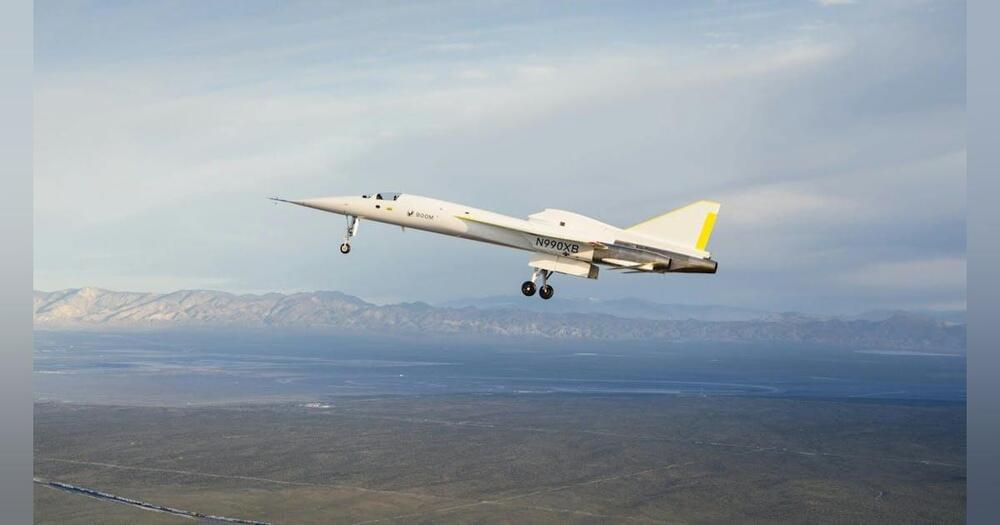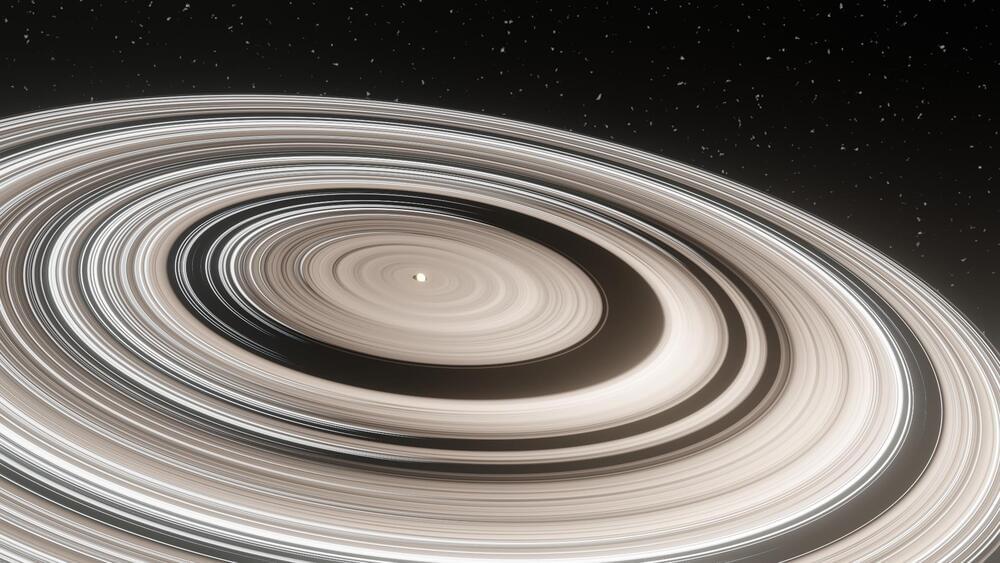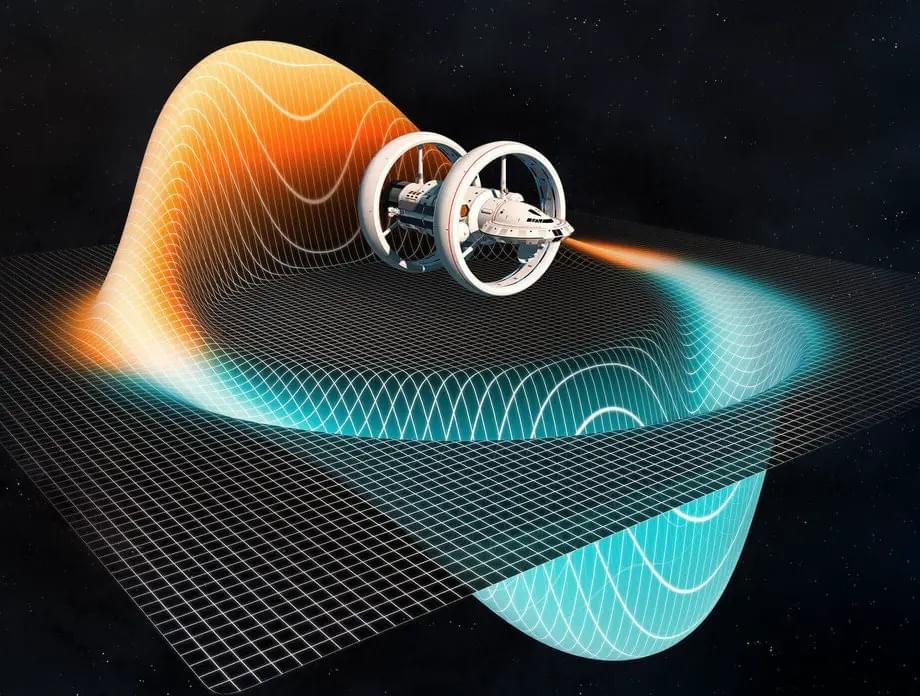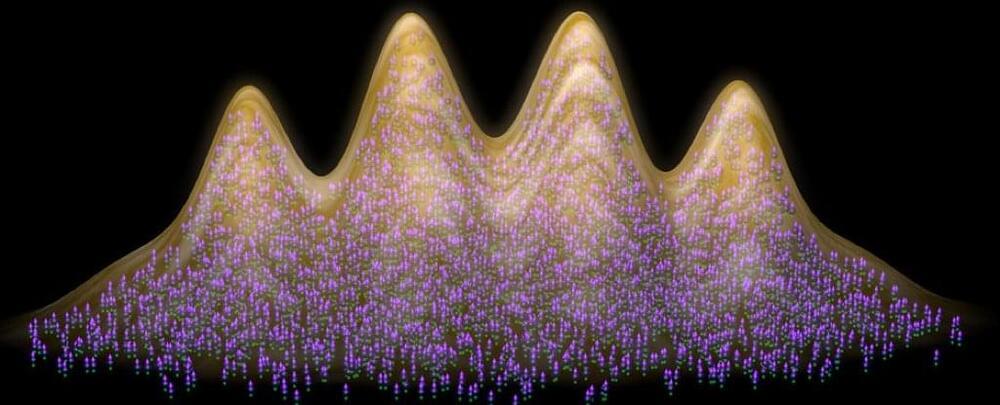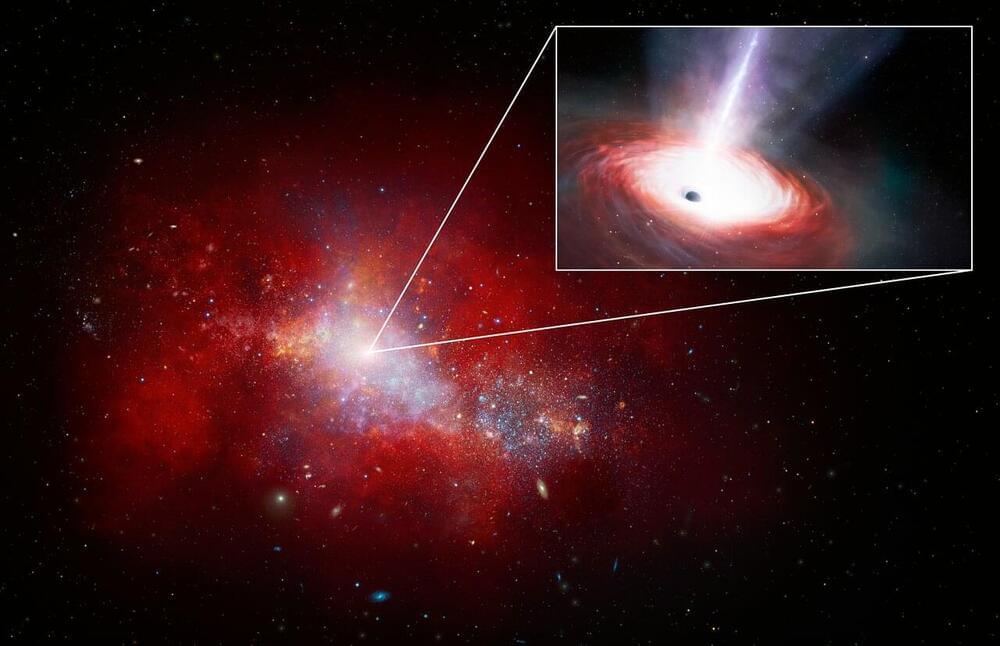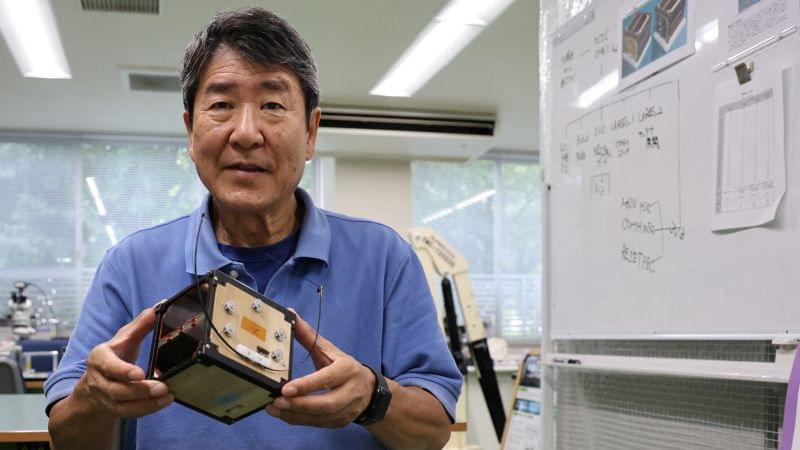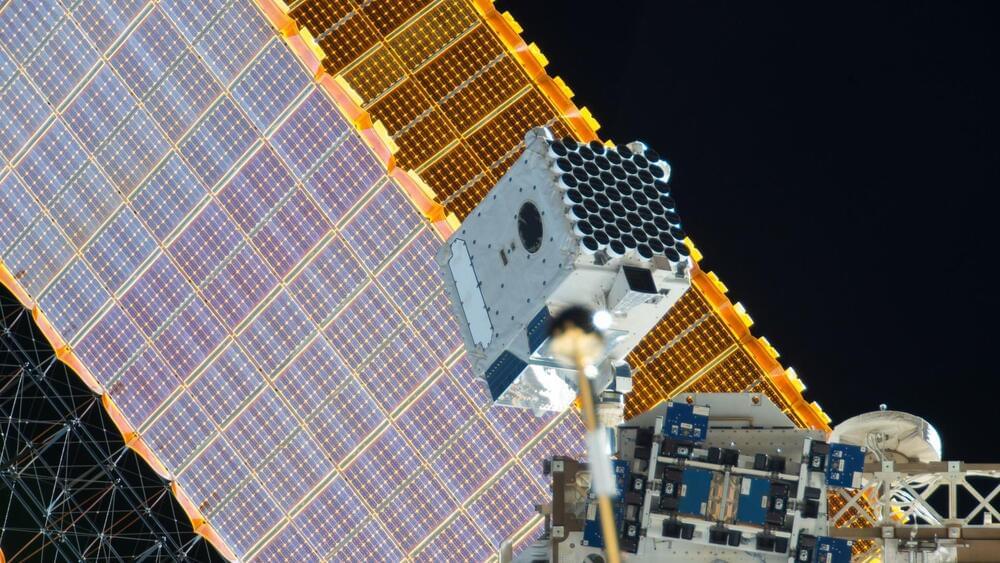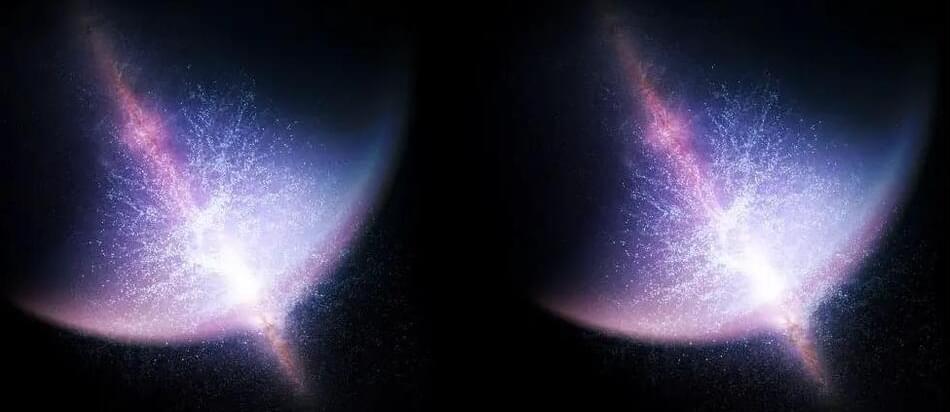
A newly discovered crescent of galaxies spanning 3.3 billion light-years is one of the world’s largest known structures, challenging some of astronomers’ most fundamental assumptions about the universe.
The epic arrangement known as the Giant Arc is made up of galaxies, galaxy clusters, and a lot of gas and dust. It is located 9.2 billion light-years away and stretches across roughly a 15th of the observable universe.
Its discovery was “serendipitous,” according to Alexia Lopez, a doctoral candidate in cosmology at the University of Central Lancashire (UCLan) in the United Kingdom. Lopez was creating maps of things in the night sky using light from approximately 120,000 quasars, which are distant brilliant cores of galaxies where supermassive black holes consume material and produce energy.
